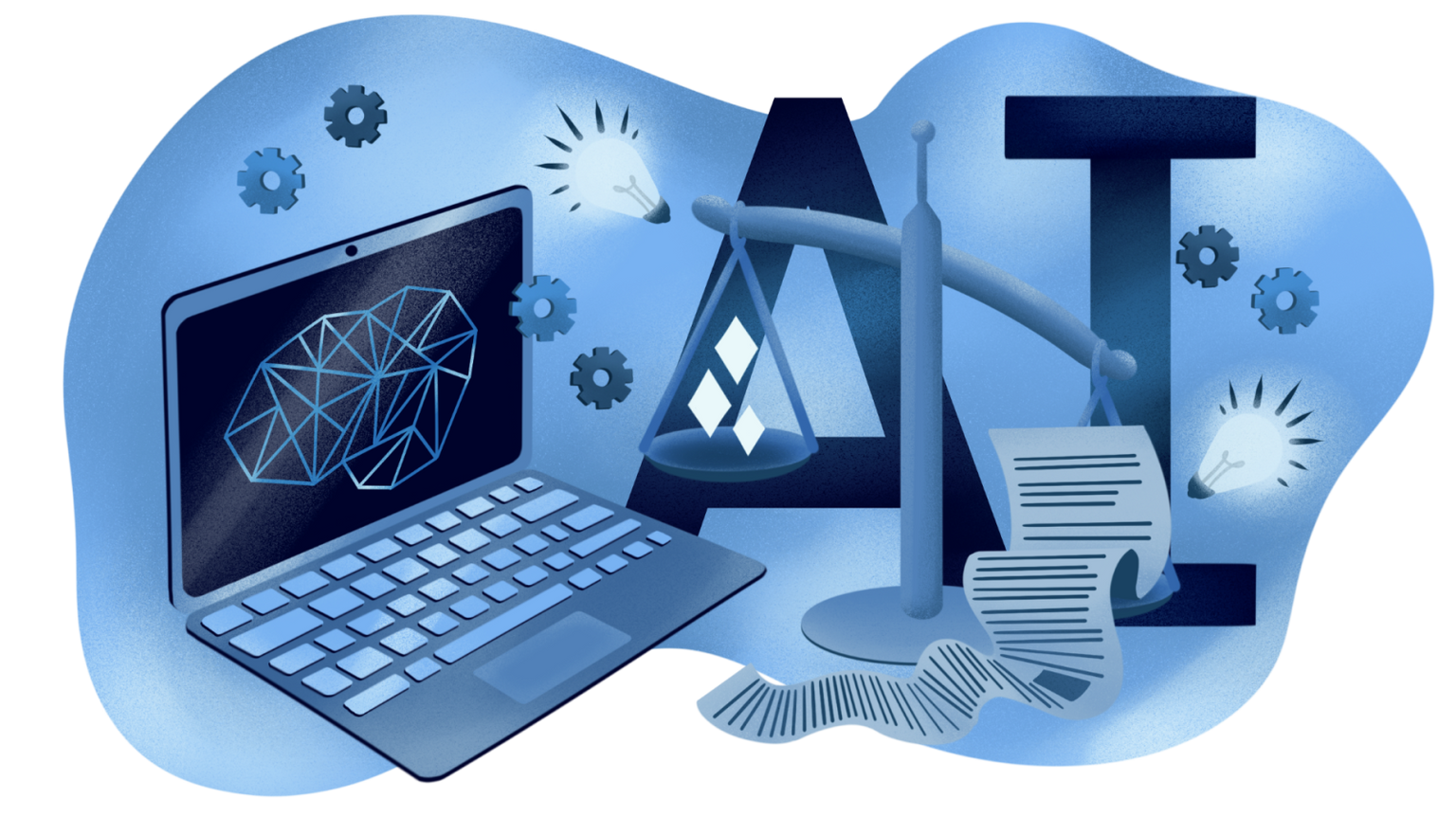Who is the Artist? Artificial Intelligence and Copyright
Vision
Who owns the rights to works created by algorithms? Does the use of generative AI violate copyright laws?

With over 523 votes in favor, 46 against, and 49 abstentions, the European Parliament recently approved the AI Act, the world’s first comprehensive law to regulate the use of artificial intelligence to protect the privacy and other rights of European citizens.
One of the hottest discussions arising from this is the one about intellectual property: artificial intelligence and copyright seem to struggle to find agreement in the legislative arena.
An issue of growing importance concerns not only who owns the rights to works created by algorithms, but also whether the use of generative AI may infringe copyright. Let’s try to clarify.
AI and Copyright: Creativity, Yes, but to a Certain Extent
Regulated in Italy by Law No. 633/1941, copyright law serves to protect and valorize creative works and their creators. There’s no procedure to undergo in order to obtain recognition: copyright becomes an inviolable right upon the birth of the work. Enacted to protect “human” labor, intellectual property laws thus encounter challenges when it comes to creative products of a different nature.
From literature to graphic arts to music production, many are the fields where generative AI has proven to operate successfully. A viral example is the collaboration between Drake and The Weeknd in “Heart on My Sleeve,” dedicated to their former flame, Selena Gomez. The song, created and distributed online by a renowned creator known as @ghostwriter, is the result of AI software trained using a vast corpus of works by the two authors and popular songs. The piece is a faithful copy of the voices and style of the two singers, who, however, never sang those words.
Law and Artificial Intelligence: Does AI Infringe Copyright?
The choice of data used to train AI during “training” is crucial: it directly influences the works it produces. If the algorithm is trained with copyrighted material, such as images, music, or texts, important legal questions arise.
An additional challenge is to understand whether artificially generated works are truly “original” and whether the creation process is therefore legitimate. One possible argument is that these works may be considered “derivative works.” A derivative work is a product that incorporates or transforms an existing one, thus violating the original copyright. This issue is still subject to debate and legal development.
Artificial Intelligence and Copyright: Who Is the Artist?
Let’s now assume that the artificial work is considered original; who would be the rightful owner? The AI, its developer, or the holder of the data used for training?
Current copyright laws do not fully adapt to works generated by AI because they are designed, as we’ve mentioned, to protect human labor.
Each of the plausible answers opens the door to new questions:
- We could consider the AI itself as the author, but it wouldn’t be recognized as holding rights.
- Attributing authorship to the developer of the AI? But how to determine the extent of its influence on the created content?
- The author could then be the owner of the training dataset; however, the data does not necessarily determine the specific form or content of the final work.
AI and Copyright: Jurors Speak
Legal doctrine is still under discussion, but we already have some precedents to refer to.
Recent rulings in the United States have established that works entirely created by Artificial Intelligence cannot be protected by copyright because they lack human authorship. This was confirmed by a decision of the federal court in Washington D.C., which rejected the request for copyright protection for an artwork generated by Stephen Thaler’s “Creativity Machine” algorithm.
In Italy, AudioCoop, representing over 270 independent record producers, welcomed a ruling concerning works created by artificial intelligence. It proposes to ban those exclusively generated by AI and to recognize copyright only if at least 50% is the result of human contribution.
During the 2016 Sanremo Festival, “The Scent of the Night,” an artwork by architect Chiara Biancheri, was used as a set without her authorization. Accused of copyright infringement, the national TV denied the authorship of the work as a product of artificial intelligence; however, the courts and the Supreme Court recognized it as creative and protectable, thus emphasizing the importance of human creative input in digital works for copyright protection.
Artificial Intelligence Copyright: Defense Speaks
After, on December 27, 2023, The New York Times filed a lawsuit against OpenAI and Microsoft for the improper use of its archives, the complexity of the relationship between copyright law and artificial intelligence became increasingly evident.
OpenAI has rejected most of the accusations, defending the use of data as “fair use” and emphasizing that ChatGPT does not exactly reproduce the texts stored online by the newspaper. However, simultaneously, Sam Altman’s company has entered into negotiations with some publishers to reduce the risk of future legal actions.
Among the most talked-about partnerships are those with the French Le Monde and the Spanish publishing group Promotora de Informaciones (Prisa). The agreement involves the use of content produced by both companies to improve the artificial intelligence (AI) systems used by ChatGPT, allowing it to offer users higher-quality content in both French and Spanish. OpenAI has not disclosed details of payments to Le Monde and Prisa, but according to some indiscreet sources, the figure is estimated to be between one and five million dollars per year for access through a license.
What about the future?
There will be much talk about copyright and artificial intelligence. Copyright laws are exploring new directions to adapt to the growing presence of AI, also reconsidering the concepts of originality and creativity.
New technologies are an undeniable fact with significant advantages for those who learn to use them.
However, it is important to understand the differences between the authenticity of a vacation among friends and the reconstruction of that experience by an AI model and to remember to appreciate both environments for their unique characteristics.